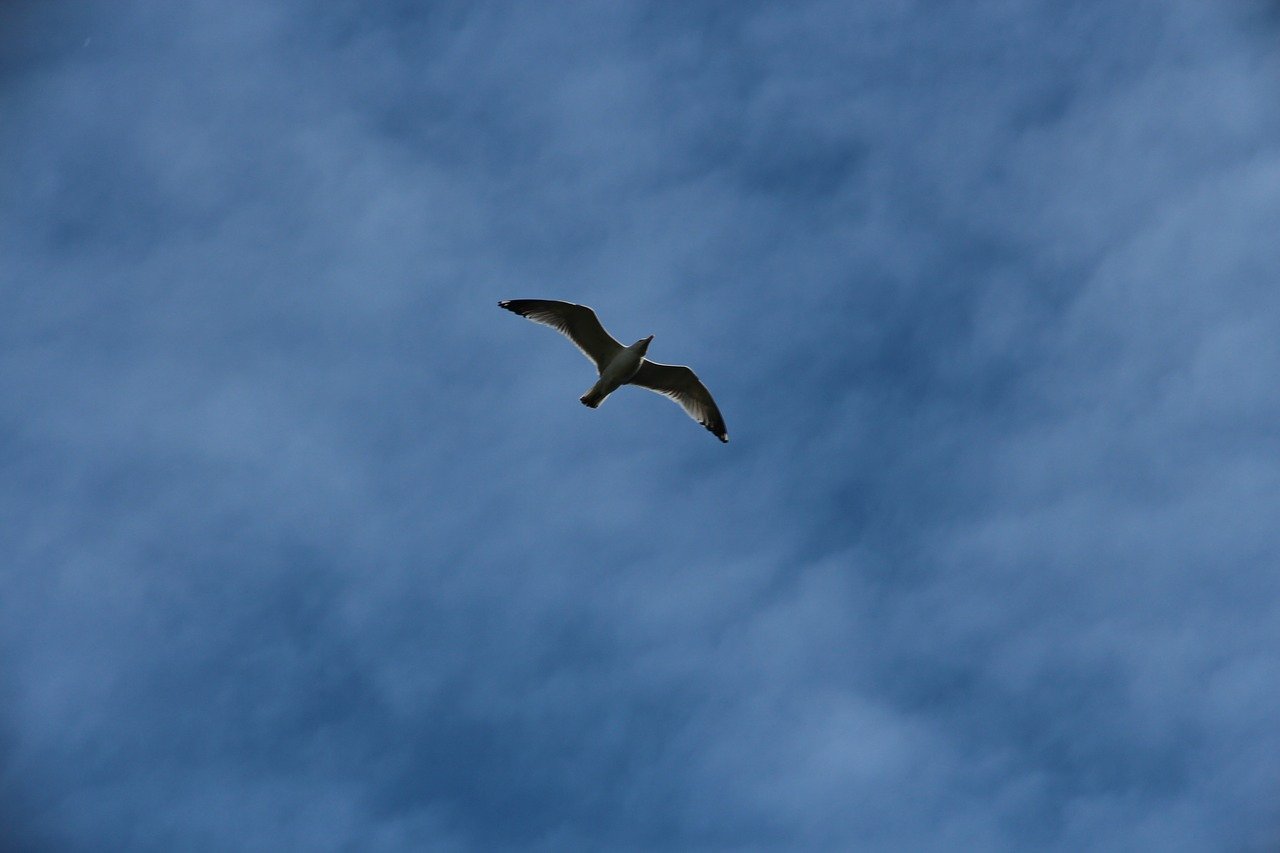Unga tretåiga måsar Rissa tridactyla med missbildade näbbar och klubbfötter i Barents hav
DOI:
https://doi.org/10.34080/os.v15.22737Nyckelord:
utsläpp, antropogena effekter, sjukdomAbstract
Juvenile Black-legged Kittiwakes Rissa tridactyla with deformed bills and feet were observed in the Barents Sea in 1996, first while passing between Franz Josef Land and Novaya Zemlya on 21–24 July (at least 10 birds) and then off the West Coast of Svalbard 20–21 September (at least 2 birds). Deformities were manifest as prolonged upper or lower mandible, hooked or crocked upper mandible, crossed bill and clubfeet. This paper reports the circumstances of the observations and discusses possible causes. Among the possible causes are nutritional deficiencies, epizootic events, environmental pollutants (persistent organic pollutants, heavy metals or radioactivity), or combinations of these.
Nedladdningar

Downloads
Publicerad
Referera så här
Nummer
Sektion
Licens
Författaren/författarna innehar copyright för varje enskilt bidrag, men samtliga bidrag är publicerade under en Creative Commons-licens, så att vem som helst kan dela och återanvända bidraget förutsatt att copyright-innehavaren erkänns.







